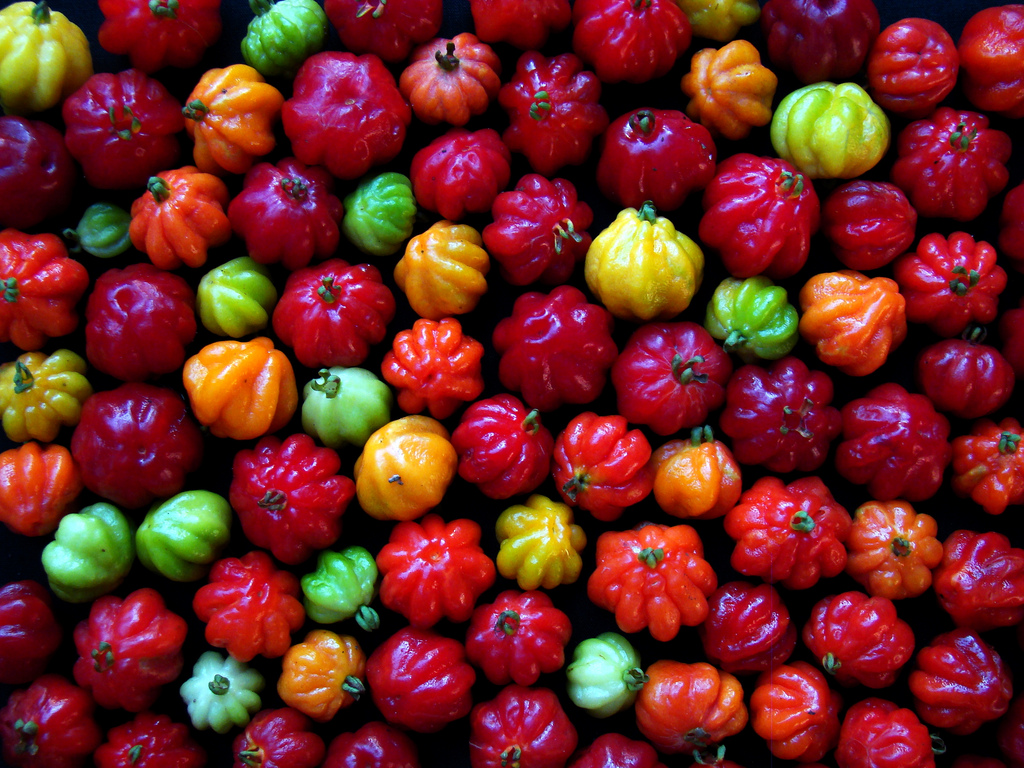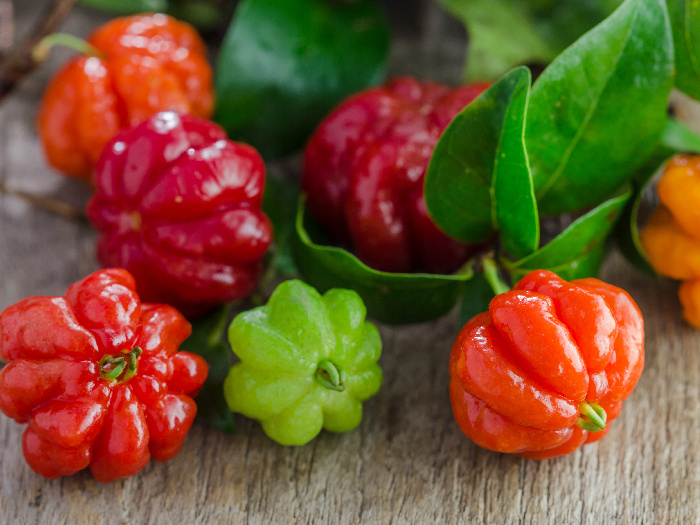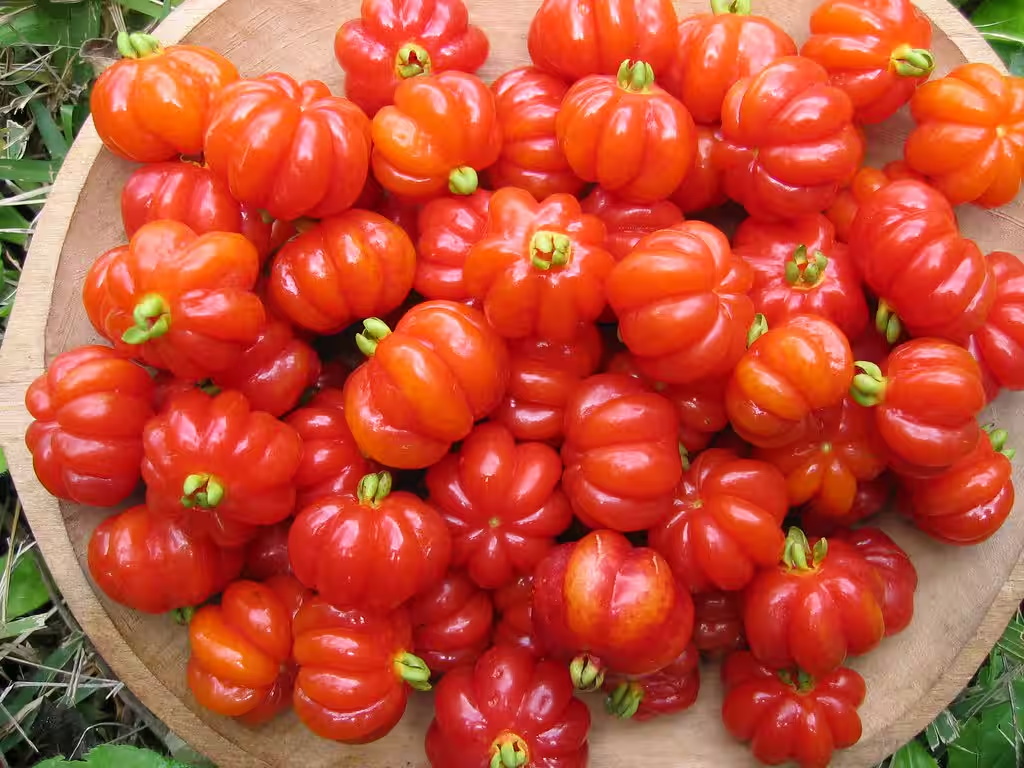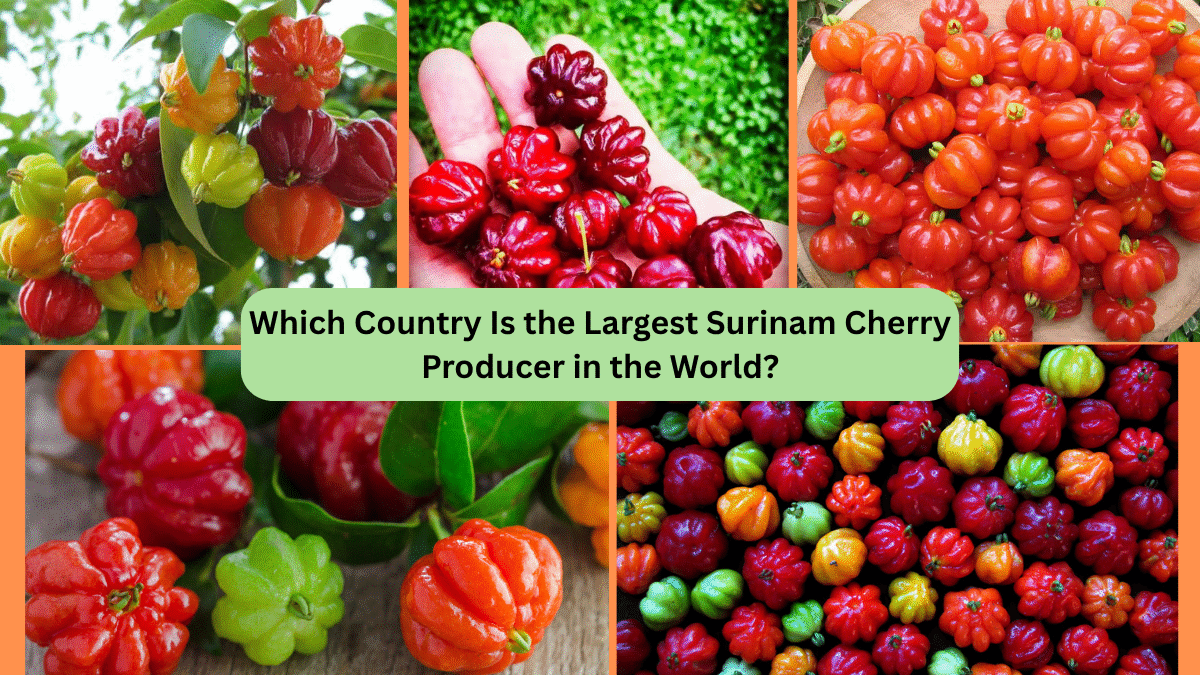The Surinam Cherry (Eugenia uniflora), also known as Pitanga or Brazilian Cherry, is a small, bright, and aromatic tropical fruit native to South America. With its distinctive ribbed shape and vibrant hues ranging from green to deep crimson, Surinam cherry is valued not only for its sweet-tart flavor but also for its ornamental beauty. As tropical fruits grow in popularity worldwide, one country has firmly secured its position as the top producer of this unique cherry. In this article, we explore which country leads Surinam cherry production globally, the reasons behind its dominance, and the fruit’s broader cultural, economic, and nutritional significance.
What is Surinam Cherry?

Surinam Cherry is a small, ribbed berry-like fruit that grows on a bushy, evergreen shrub or small tree. Native to tropical South America, it belongs to the Myrtaceae family, closely related to guava and clove. The plant is prized for its ornamental leaves, attractive flowers, and striking, flavorful fruits.
Scientific Name: Eugenia uniflora
Common Names: Surinam Cherry, Pitanga, Brazilian Cherry, Cayenne Cherry
Origin: South America (specifically Brazil, Uruguay, Paraguay, and northern Argentina)
The Largest Surinam Cherry Producer in the World: Brazil
Brazil is the world’s largest producer of Surinam cherry.
Why Brazil Dominates Surinam Cherry Production
1. Native Growth Conditions:
The Surinam cherry naturally thrives in Brazil’s tropical and subtropical climates, making the country its natural habitat. The warm temperatures, consistent rainfall, and fertile soils offer ideal growing conditions.
2. Extensive Wild and Cultivated Growth:
In Brazil, Surinam cherry is both cultivated commercially and found abundantly in the wild. It’s commonly grown in home gardens, urban parks, and agroforestry systems.
3. Cultural and Culinary Popularity:
The fruit is deeply embedded in Brazilian food culture, enjoyed fresh, in juices, jams, and local desserts. Its wood is also valued for carpentry and ornamental uses.
4. Export of Plants and Seeds:
Brazil exports Surinam cherry plants and seeds for ornamental and agricultural use in other tropical and subtropical countries, expanding its agricultural influence.
Production Statistics

- Brazil contributes around 65-70% of global Surinam cherry production.
- Key producing regions include Bahia, Minas Gerais, São Paulo, and Rio de Janeiro.
- Harvests occur during the warmer months, typically from October to March.
Other Surinam Cherry Producing Countries
Apart from Brazil, several other nations grow Surinam cherry:
- Uruguay and Paraguay: Native regions where the fruit remains popular in home gardens.
- Suriname: The fruit’s namesake, where it’s a beloved traditional food.
- United States (Florida and Hawaii): Grown mainly as an ornamental and backyard fruit.
- India, the Philippines, and Thailand: Increasingly cultivated in tropical home gardens and small orchards.
Nutritional and Health Benefits

Surinam cherry is packed with vitamins and antioxidants:
- High in Vitamin C: Strengthens immunity and skin health.
- Rich in Polyphenols and Anthocyanins: Powerful antioxidants combat oxidative stress.
- Essential Oils: Known for antimicrobial and anti-inflammatory properties.
- Fiber: Aids in digestion and promotes gut health.
Health Benefits:
- Enhances immune function.
- Supports healthy digestion.
- Helps reduce inflammation.
- Traditionally used to treat colds, fever, and stomach issues.
Common Culinary Uses
- Fresh Consumption: Eaten directly, often sprinkled with salt or sugar.
- Juices and Smoothies: Popular tropical refreshments.
- Jams and Jellies: Traditional home preserves.
- Desserts and Sorbets: Used for flavor and color.
- Wines and Liqueurs: Fermented into artisanal drinks.
Economic and Ecological Importance in Brazil

- Local Livelihoods: Provides income for small farmers and market vendors.
- Urban Landscaping: Frequently planted in public parks and along streets.
- Agroforestry Integration: Supports sustainable mixed-crop farming systems.
- Soil Erosion Control: Dense root systems stabilize soil and prevent erosion.
Challenges in Surinam Cherry Production
- Pests and Diseases: Susceptible to fruit flies, leaf spots, and mildew.
- Perishability: Short shelf life limits long-distance trade.
- Seasonality: Availability varies regionally and seasonally.
Research and Innovations
- Selective Breeding: Developing varieties with larger, sweeter fruits and improved resistance.
- Organic Farming: Promotion of chemical-free cultivation practices.
- Value-Added Products: Expanding product lines of jams, syrups, and fermented drinks.
- Conservation Efforts: Protecting wild genetic resources in native ecosystems.
Sustainability and Environmental Benefits

- Pollinator Support: Attracts bees and butterflies.
- Minimal Chemical Requirements: Thrives with low fertilizer and pesticide use.
- Carbon Sequestration: Helps capture atmospheric carbon.
- Biodiversity Conservation: Maintains genetic diversity in agroforestry systems.
Future Growth Potential
- Superfruit Market Appeal: Nutrient-dense profile positions it well in health-focused markets.
- Urban and Container Gardening: Compact size and ornamental appeal encourage urban cultivation.
- Natural Remedies and Herbal Products: Rising interest in traditional medicinal uses.
- Agri-Tourism Opportunities: Fruit-picking experiences and orchard tours attract visitors.
Conclusion
Brazil continues to hold the title as the largest producer of Surinam cherry, owing to its native habitat advantages, cultural integration, and agricultural traditions. The fruit’s rich nutritional profile, versatility, and ecological benefits make it a valuable asset both in local communities and emerging health-conscious markets.
As global demand for unique, nutrient-rich fruits grows, Surinam cherry’s potential in sustainable agriculture and niche export markets looks bright. With ongoing efforts in conservation, innovation, and value-added processing, Brazil’s leadership in Surinam cherry production is well-positioned for enduring success.





Leave A Comment